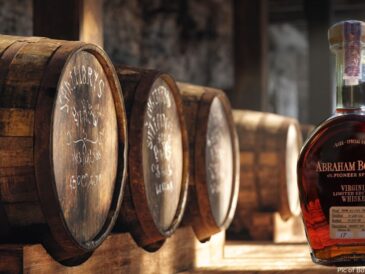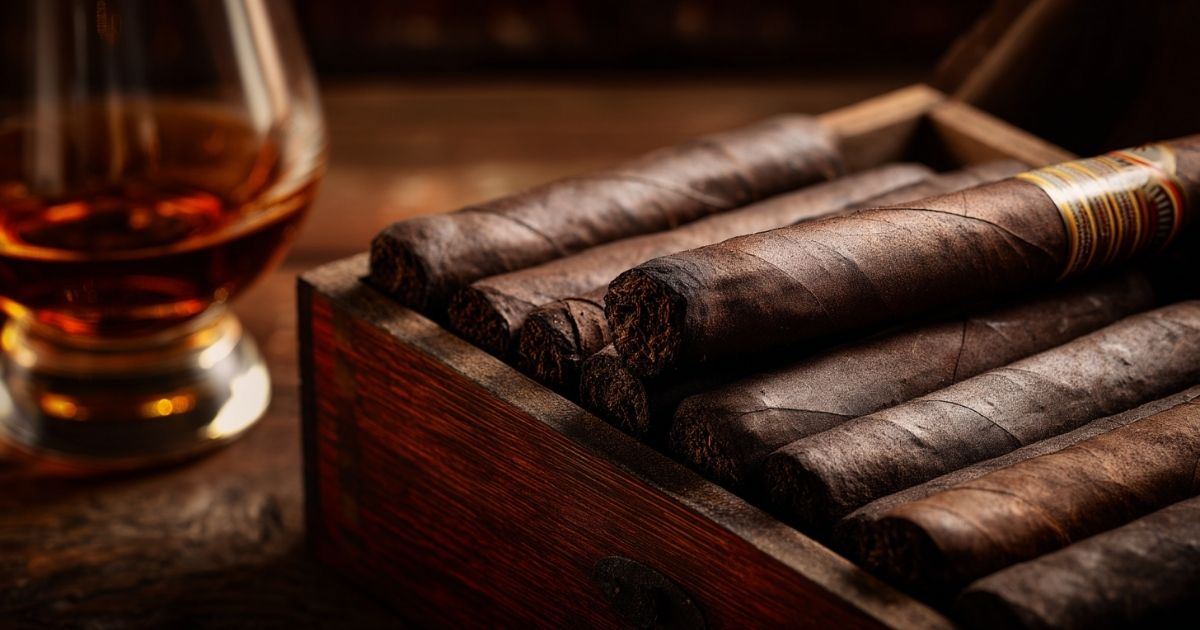Definition
Fermentation is the natural chemical process that transforms harvested tobacco leaves from raw, grassy material into smooth, aromatic cigar components. After curing, bundled leaves are stacked into pilones (tobacco piles) where heat and moisture trigger a controlled breakdown of ammonia, chlorophyll, and harsh tannins. This process deepens colour, develops natural sugars, and releases the rich aromas that define quality cigars.
How Tobacco Fermentation Works
-
🌡️ Temperature: Internal heat rises to 120–150°F (49–65°C), carefully monitored to prevent leaf damage.
-
💨 Turning the Pilones: Every few weeks, workers unstack and restack piles to regulate heat and oxygen exposure.
-
⏳ Duration: Fermentation can last from a few weeks to several months, depending on leaf type and desired intensity.
-
🍂 Result: Smooth, flavorful tobacco ready for aging, rolling, and ultimately, smoking.
Impact on Flavor & Strength
-
Light Wrappers (e.g., Connecticut Shade): Shorter, cooler fermentation = milder flavor, lighter colour.
-
Dark Wrappers (e.g., Maduro, Broadleaf): Longer, hotter fermentation = darker colour, sweeter, bolder taste.
-
Filler & Binder Leaves: Each undergoes different fermentation cycles to balance burn and aroma.
For a detailed explanation of how tobacco fermentation influences cigar flavor and aroma, see Cigar Aficionado’s feature on tobacco fermentation.
It outlines how temperature, humidity, and time combine to produce the rich complexity found in premium cigars.
Pro Tip
Proper fermentation is an art. Too much heat “cooks” the tobacco; too little leaves harshness intact. The best cigar makers monitor each pilón by touch and scent, turning leaves only when the internal heat peaks — craftsmanship that can’t be automated.
Related Terms
👉 Binder | Filler | Cap
👉 Foot | Cigar Construction | Aging
👉 Curing | Wrapper | Wrapper Colors





